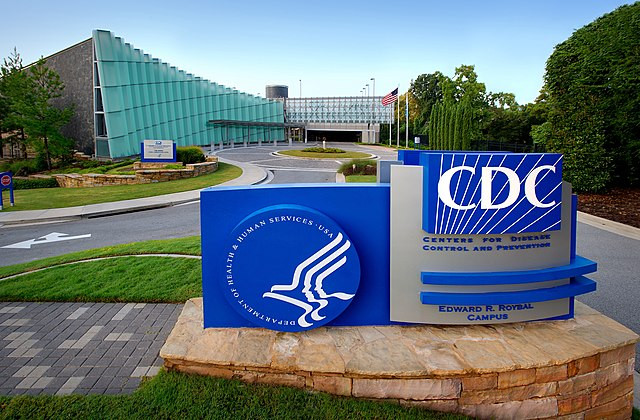In a significant shift from the early years of the pandemic, COVID-19 has fallen to the 10th leading cause of death in the United States, according to new data released by the Centers for Disease Control and Prevention (CDC). This marks a dramatic decline from 2022 when the virus was the fourth leading cause of death, and from its peak between March 2020 and October 2021, when it was the third leading cause.
The CDC's provisional data, based on death certificates collected so far, shows that there were approximately 3.09 million deaths in the U.S. in 2023, a decrease from 3.3 million in 2022. The age-adjusted death rate also fell by 6.1%, from 798.8 deaths per 100,000 people in 2022 to 750.4 per 100,000 in 2023. This reduction is a notable shift, considering the upward trend in death rates during the pandemic years.
The decline in COVID-19-related deaths is attributed to several factors, including widespread vaccination, effective treatments for early-onset illness, and a better overall understanding of the virus. "Being on the other side of the pandemic played a big part in seeing this overall mortality rate go down," said Dr. John Brownstein, an epidemiologist and chief innovation officer at Boston Children's Hospital. "This is, in large part, related to the public health effort, especially vaccines that, of course, saved so many lives."
The report highlights that COVID-19 was the underlying cause in 1.6% of all deaths in 2023, a significant drop from 5.7% in 2022. The death rate from COVID-19 fell from 58.7 per 100,000 in 2022 to just 18.2 per 100,000 in 2023. This decline was observed across all age groups and racial/ethnic groups, though disparities remain.
Despite the overall decline, death rates were still highest among males, older adults, and Black Americans. The three leading causes of death in the U.S. remained unchanged from 2022: heart disease, cancer, and unintentional injuries, which include gun deaths and drug overdoses. These causes have consistently topped the list, underscoring the persistent health challenges that continue to afflict the nation.
The reduction in COVID-19 mortality also reflects a narrowing of the gap between racial and ethnic groups, particularly between Black and white Americans. In 2022, the COVID-19 death rate for Black Americans was significantly higher at 71.0 per 100,000, compared to 58.6 per 100,000 for white Americans. However, by 2023, these rates had converged to 17 per 100,000 for Black Americans and 19.6 per 100,000 for white Americans.
"Because of the wide disparities that exist in COVID-related deaths, and we know that COVID deaths were not equal across the population, especially hit...Black populations and other and African American people, it's not surprising that when you overall reduce COVID deaths, that will overall contribute to potentially sort of a closing of the gap," Brownstein noted. He emphasized the importance of continuing efforts to close these disparities further, particularly by improving access to healthcare and insurance for underserved populations.
While the decline in COVID-19 deaths is a positive development, it also highlights the ongoing challenges in addressing other leading causes of death. Brownstein called for a renewed focus on reducing deaths from heart disease and cancer, which have long been the top killers in the U.S. "We've made a big dent in COVID as a result of response efforts," he said. "But now there's still such an important effort to deal with some of these other leading causes of death."






